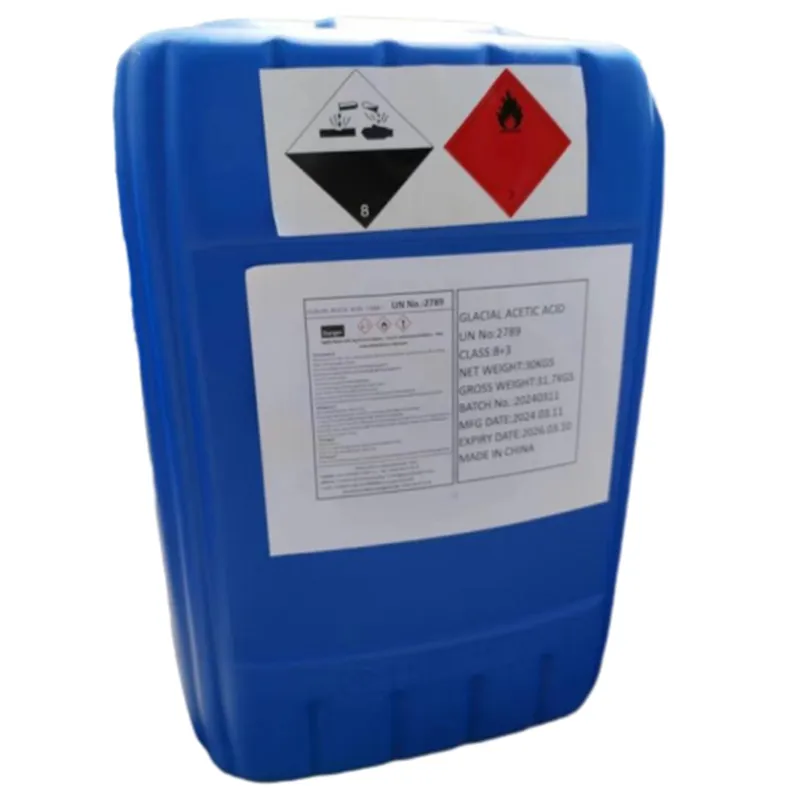
Current Trends and Factors Influencing Dimethyl Disulfide Price Fluctuations
Understanding the Price Trends of Dimethyl Disulfide
Dimethyl disulfide (DMDS) is a chemical compound with the molecular formula C2H6S2. It is primarily used in industrial applications, particularly in the oil and gas industry as a drilling fluid additive, and as a reagent in various chemical processes. The price of dimethyl disulfide can significantly fluctuate due to various factors including production costs, supply and demand dynamics, and market trends. In this article, we will explore the current landscape surrounding the price of dimethyl disulfide, the factors influencing its cost, and what the future might hold.
Current Price Trends
As of late 2023, the price of dimethyl disulfide has shown volatility. This can largely be attributed to shifts in raw material costs, namely the price of sulfur and methanol, the two primary feedstocks used in the production of DMDS. In times of supply chain disruptions or increases in crude oil prices, the costs for these materials can rise, subsequently pushing up the price of dimethyl disulfide.
According to recent market reports, the price of dimethyl disulfide fluctuates between $1,000 to $1,500 per metric ton, but these figures can vary regionally due to local market dynamics and logistical constraints. Analyzing these trends can provide invaluable insights for businesses planning to use DMDS in their operations.
Factors Influencing Price Fluctuations
1. Raw Material Costs The primary components needed to produce dimethyl disulfide are sulfur and methanol. Fluctuations in the prices of these raw materials directly impact the production costs of DMDS. For instance, during a period of increased sulfur extraction or changes in global energy prices, producers may adjust their pricing strategies accordingly.
2. Supply Chain Dynamics The chemical industry is often subject to disruptions within the supply chain, whether caused by geopolitical tensions, natural disasters, or global health crises. For example, the COVID-19 pandemic brought significant disruptions to global supply chains, resulting in fluctuating prices for many chemicals, including DMDS.
dimethyl disulfide price

3. Demand in End-user Industries The demand for dimethyl disulfide is closely tied to its applications in various industries. The oil and gas sector, agriculture (as a pesticide), and chemical manufacturing are significant consumers of DMDS. An increase in oil extraction activities or agricultural production can lead to a rise in demand for DMDS, thus driving up prices.
4. Regulatory Changes Environmental regulations regarding chemical production and safety can influence pricing structures. Stricter regulations may increase production costs as manufacturers are required to invest in cleaner technologies or processes. This added cost may be passed on to consumers in the form of higher prices for dimethyl disulfide.
5. Market Speculation Market speculation also plays a role in pricing. Traders and investors often react to news and trends that may not immediately affect supply and demand but can create future expectations. This can lead to price fluctuations based on perceived value rather than actual cost changes.
Future Outlook
Looking forward, the price of dimethyl disulfide will likely continue to be influenced by these factors. Businesses should closely monitor raw material prices, geopolitical events, and market conditions to make informed purchasing decisions. Furthermore, the ongoing push for more sustainable practices in the chemical industry may lead to increased innovation and efficiency in DMDS production, potentially stabilizing prices in the long term.
Additionally, as renewable energy sources gain prominence, the demand for chemical additives in traditional fossil fuel applications may shift, impacting the overall market for DMDS. Understanding these evolving dynamics is crucial for stakeholders in the dimethyl disulfide market to navigate the complexities of pricing and supply.
Conclusion
In summary, while the price of dimethyl disulfide is currently characterized by volatility, it is guided by a combination of raw material costs, supply chain dynamics, demand from various industries, regulatory changes, and market speculation. Stakeholders must remain vigilant in their market observations to adapt to the changes that will undoubtedly affect the pricing of this crucial chemical compound. As global markets continue to evolve, understanding these trends will be key to making informed business decisions surrounding dimethyl disulfide and its applications.
-
Pure Sodium Dichloroisocyanurate Dihydrate | Powerful DisinfectantNewsAug.29,2025
-
Industrial Chemicals: Quality & Purity for Every IndustryNewsAug.28,2025
-
Nitrile Rubber Honoring Strict Production StandardsNewsAug.22,2025
-
Aspartame Ingredients Honoring Food Safety ValuesNewsAug.22,2025
-
Fertilizer for Balanced Plant NutritionNewsAug.22,2025
-
Cyanide Gold Processing with High Purity AdditivesNewsAug.22,2025
-
Formic Acid in Textile Dyeing ApplicationsNewsAug.22,2025
Hebei Tenger Chemical Technology Co., Ltd. focuses on the chemical industry and is committed to the export service of chemical raw materials.
-

view more DiethanolisopropanolamineIn the ever-growing field of chemical solutions, diethanolisopropanolamine (DEIPA) stands out as a versatile and important compound. Due to its unique chemical structure and properties, DEIPA is of interest to various industries including construction, personal care, and agriculture. -

view more TriisopropanolamineTriisopropanolamine (TIPA) alkanol amine substance, is a kind of alcohol amine compound with amino and alcohol hydroxyl, and because of its molecules contains both amino and hydroxyl. -

view more Tetramethyl Thiuram DisulfideTetramethyl thiuram disulfide, also known as TMTD, is a white to light-yellow powder with a distinct sulfur-like odor. It is soluble in organic solvents such as benzene, acetone, and ethyl acetate, making it highly versatile for use in different formulations. TMTD is known for its excellent vulcanization acceleration properties, which makes it a key ingredient in the production of rubber products. Additionally, it acts as an effective fungicide and bactericide, making it valuable in agricultural applications. Its high purity and stability ensure consistent performance, making it a preferred choice for manufacturers across various industries.





